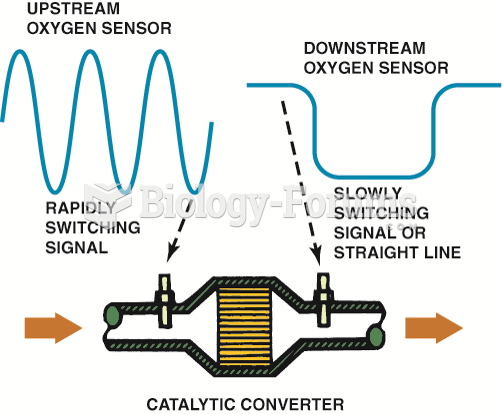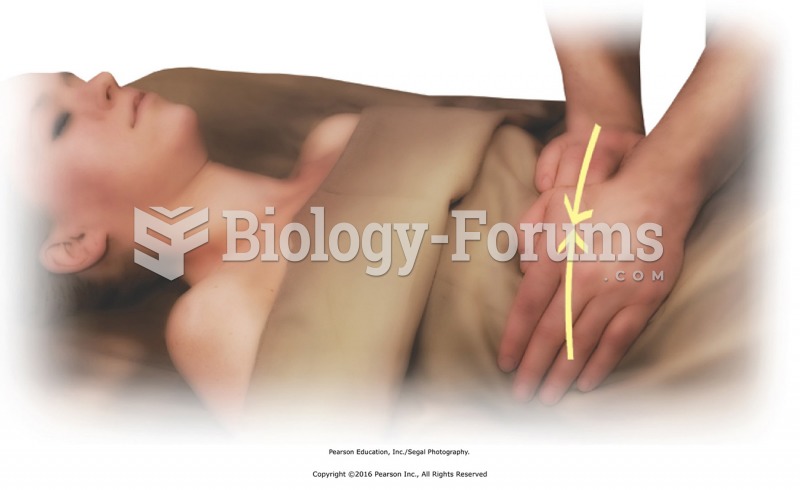|
|
|
There are more nerve cells in one human brain than there are stars in the Milky Way.
The average older adult in the United States takes five prescription drugs per day. Half of these drugs contain a sedative. Alcohol should therefore be avoided by most senior citizens because of the dangerous interactions between alcohol and sedatives.
The people with the highest levels of LDL are Mexican American males and non-Hispanic black females.
Anesthesia awareness is a potentially disturbing adverse effect wherein patients who have been paralyzed with muscle relaxants may awaken. They may be aware of their surroundings but unable to communicate or move. Neurologic monitoring equipment that helps to more closely check the patient's anesthesia stages is now available to avoid the occurrence of anesthesia awareness.
Prostaglandins were first isolated from human semen in Sweden in the 1930s. They were so named because the researcher thought that they came from the prostate gland. In fact, prostaglandins exist and are synthesized in almost every cell of the body.
 An alternating pneumatic compression device squeezes the leg tissues causing blood to move toward th
An alternating pneumatic compression device squeezes the leg tissues causing blood to move toward th
 The OBD-II catalytic converter monitor compares the signals of the upstream and downstream O2Ss to ...
The OBD-II catalytic converter monitor compares the signals of the upstream and downstream O2Ss to ...
 Mobilize the rib cage. Redrape to cover the chest, and stand to one side of the table. Place your ...
Mobilize the rib cage. Redrape to cover the chest, and stand to one side of the table. Place your ...




